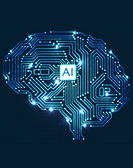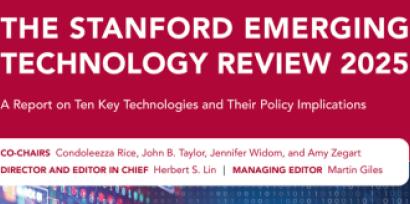Overview
In general, robots are human-made physical entities with ways of sensing themselves or the world around them and the ability to create physical effects on that world—beyond this statement, there is no consensus on the defining characteristics of a robot. Importantly, robots must integrate many different component technologies to combine perception of their environment with action. These technologies include actuators (e.g., motors, arms, gears), sensors, control systems, materials, power sources, and real-time programming. As a result, it takes a large interdisciplinary effort to move from a working prototype to a mass produced robot in the market. The key engineering challenges in robotics are the design of individual components and the integration of these components to perform tasks.
Robots today are used primarily for tasks that fall within the “Three Ds”: dull, dirty, or dangerous. These tasks include manufacturing lines, warehouse logistics, food production, disaster assistance, military services, security, and transportation. Autonomous robots excel at working in structured environments where conditions are predictable, whereas humans have the advantage in more unpredictable environments.
KEY DEVELOPMENTS
Some of the most important current influences on the robotics fi eld include:
Manufacturing: Robotics can help overcome some shortages in skilled labor in the manufacturing sector through automation and the development and increased deployment of collaborative robots, or cobots, that interact with human workers. New innovations such as robotic graspers that can handle even very fragile goods also make it easier to adapt and reconfigure production lines, reducing vulnerabilities in supply chains.
Instantaneous goods and services delivery: Companies are deploying inventory as close as possible to customers so that goods and services are available very rapidly on demand. Robots are being used in multiple ways here. Drones and multiwheeled vehicles are being tested for conducting last-mile deliveries that get goods to customers, and remote robot-assisted surgery for certain conditions is increasingly available.
Food production: Food production is predicted to increase by 50 percent by 2050, and in addition to boosting output farmers will also need to adapt to increasingly frequent adverse weather effects such as floods and droughts. Currently, robots are mainly deployed to reduce the cost of specific processes such as milking and seeding, but they can also increase agricultural efficiency and productivity by helping farmers collect data about the state of their crops using sensors, computer vision technology, and advanced algorithms.






























